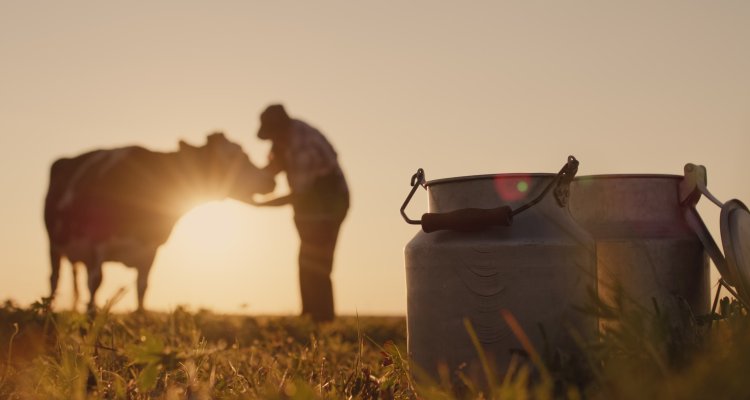
News
Balancing farm profit and greenhouse gas emissions along the dairy production chain through breeding indices
Researchers from Wageningen University & Research, Animal Breeding & Genomics (WUR-ABG), Animal Production Systems (WUR-APS) and China Agriculture University developed a novel method to address the gaps between greenhouse gas (GHG) emissions and farm profit.
Breeding is a promising GHG mitigation option for the dairy sector that offers potential permanent cumulative effects. However, there is limited understanding of how genetic traits affect GHG emissions from the dairy production chain and how selection indices could be used to find a balance between GHG emissions and farm profit.
“Dairy farming is responsible for approximately 20% of the GHG emissions caused by all global livestock,” says Rui Shi, researcher at WUR-ABG. “Feed production, enteric fermentation, manure management and energy use are all examples of ways in which dairy production contributes to GHG emissions, but most previous studies that looked at breeding as a GHG mitigation strategy did not take all these factors into account. Rather, they focused chiefly on the enteric CH4 emissions from dairy cattle. Not accounting for the other factors may lead to bias on the assessment of mitigation options, which is why we wanted to develop a new method that incorporates changes in GHG emissions along the entire production chain.”
The researchers combined a bio-economic model and a life cycle assessment (LCA) analysis to determine the intensity values (IVs) of important genetic traits of dairy cows in a Chinese dairy farm. Consequently, they developed different selection indices based on different breeding goals and identified the indices that can balance farm profit and GHG emission intensity.
Optimising indices to increase profitability and reduce GHG emissions
Their results showed that for the next generation, breeding animals with optimal indices could reduce carbon dioxide equivalents per ton of fat-and-protein-corrected milk, while increasing profitability per cow unit.
“These results provide options for Chinese dairy farms to reduce GHG emission intensity, while still maintaining economic benefits,” says Rui. “We also believe that the approach we have introduced could be potentially applied or adapted to different contexts, as it is a flexible approach that enables the update of environmental parameters or inclusion of more traits. It may, therefore, be possible to implement this approach in farms with different conditions and different breeding goals. The whole framework and results could be useful for breeding organisations worldwide that want to contribute to a more environmentally friendly dairy sector.”